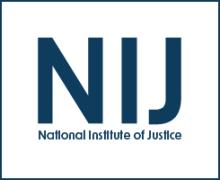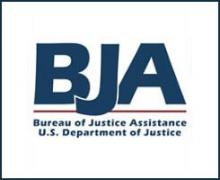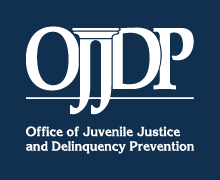Patterns of Change in Adolescent Dating Victimization and Aggression During Middle School
Journal
Date Published
2018
Agencies
NIJ-Sponsored
Publication Type
Research (Applied/Empirical)





